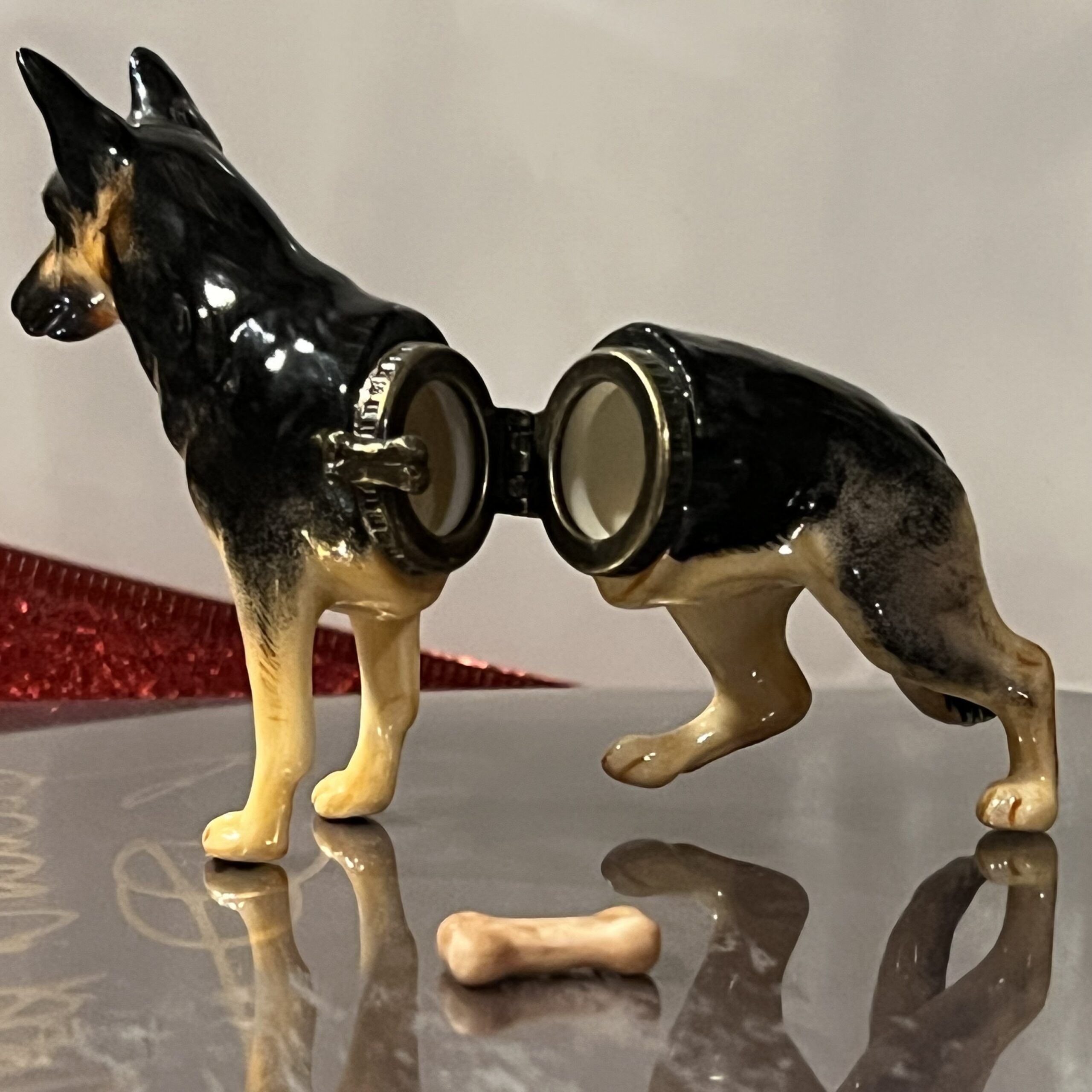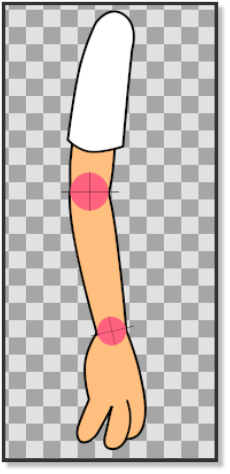

- #Synfig studio add bones skin
- #Synfig studio add bones software
- #Synfig studio add bones professional
The program allows users to rotate the canvas into any angle to help you draw more easily.
#Synfig studio add bones software
Skeletal Animation Software TOP3 mOHO Top4: Animate CCĪnimate CC is wonderful 2D skeletal animation software that creates HTML5 animations. The bone rig system is optimized to reduce an often recurring nuisance, distortion around the joints of characters. It uses a bone rig similar to 3D animation software to create necessary keyframes.
#Synfig studio add bones professional
Moho is professional 2D skeletal animation software tailored to the needs of game developers and artists. Skeletal Animation Software-TOP2-POSER Top3: MoHo It is known for enabling digital artists to easily produce 3D animations and digital images, as well as the extensive availability of third-party digital content. Poser is a 3D skeletal animation program optimized for 3D modeling of human figures. Skeletal Animation Software-top1-Mango Animate Top 2: Poser But if users are still not satisfied with its accessory library, they can upload their own materials. Besides, there are varieties of bone and motion templates for users to choose.
#Synfig studio add bones skin
It provides a huge library of characters’ outfits, hair, skin and facial expressions. This skeletal animation software is very to use and customizable. Mango Animate 2D Skeletal Animation Software is awesome software that transforms a static image into a vivid and energetic cartoon character. Top 1: Mango Animate 2D Skeletal Animation Software There is a list of excellent skeletal animation software you should know what you prepare to make a dynamic cartoon character. In plain words, skeletal animation is making our characters able to move. Skeletal animation or rigging is a technique in computer animation in which a character is represented in two parts: a surface representation used to draw the character, also called the mesh or skin, and a hierarchical set of interconnected parts, also called bones, a virtual armature used to animate the mesh. Any changes you make to the rest position effects the deformation too.As more skeletal animation software is becoming common and popular with people in the visual world, are you wondering what skeletal animation is and which software should you choose if you want to create your own unique and dynamic character? Well, this blog aims to explain the concept of skeletal animation to you and give you an overview of a list of the top skeletal animation software.When you are modifying a skeleton deformation layer using the Skeleton tool, it is to be noted that The parent-child relationships of bones can be changed by using the “Make parent to active bone” option in the context menu of any bone handle. When you use a handle to modify a bone, note that the bone is set as the “Active Bone”. A point to be noted is that, you can even click on a Handle to set a bone as “Active Bone”. The handles of the bone will have same meaning as they had before. When there is no active bone set, then the bone created after will have no parent. Any bone that’s created is added as a child to the active bone. Active bone is highlighted with a yellow outline. When you click on a bone, the bone is set as the “Active Bone”. The parent child relationships of bones are represented by a dashed line from parent’s tip to the child’s origin. You can always create an empty bone layer using the “Create Layer” button in the tool options menu. The layer that is to be created can be set in the tool options menu. If you try to use this tool when the selected layer is not any of the bone layers, a new layer is created with the bone added.

(The tip and origin width of the bone will be same)

There are two types of layers in Synfig that are built with bones: Skeleton Layer and Skeleton Deformation Layer. To leave the tool, you can just select another tool from the toolbox. Select “Skeleton Tool” in the Toolbox Panel or use the keyboard shortcut to enable it.


 0 kommentar(er)
0 kommentar(er)
